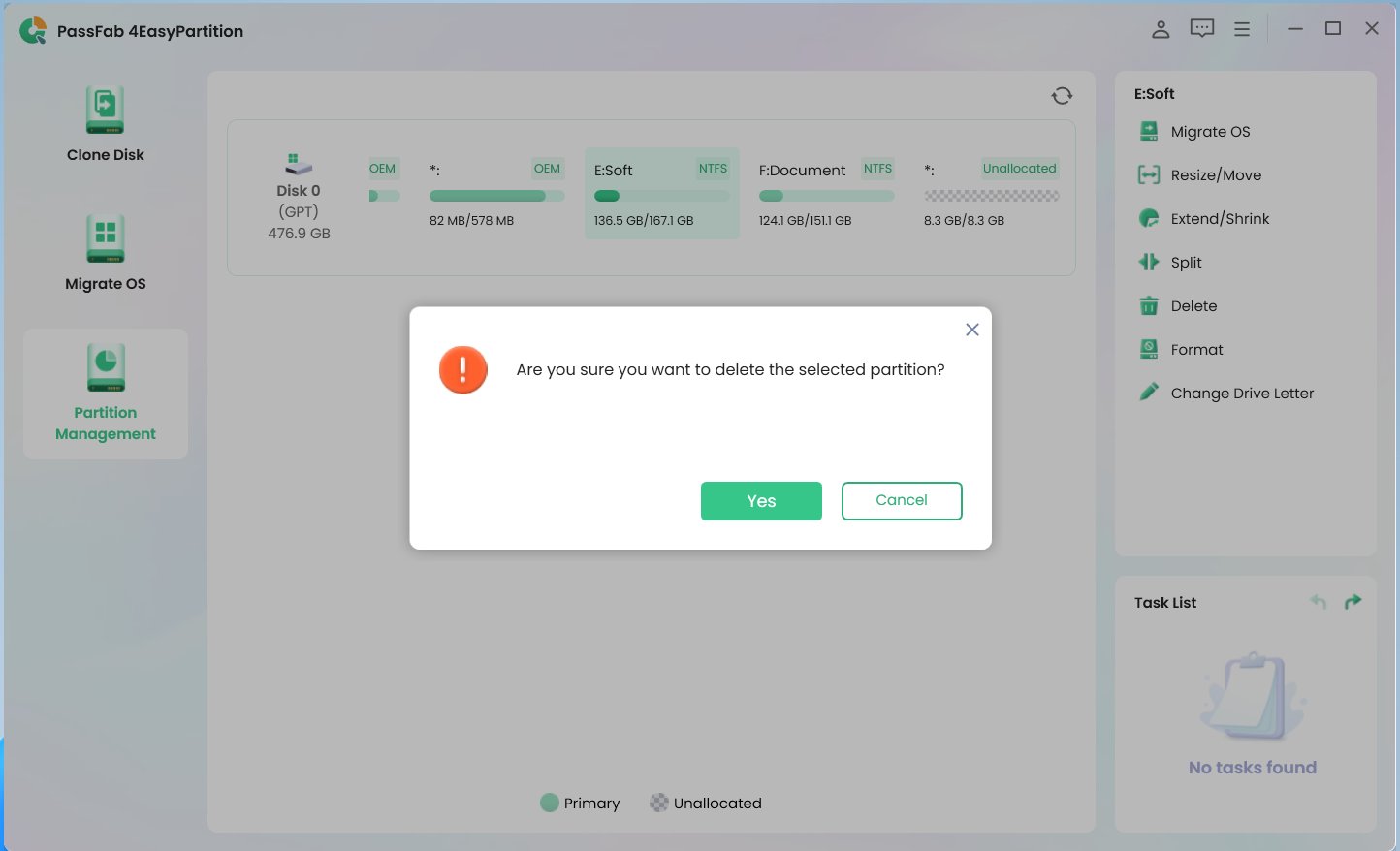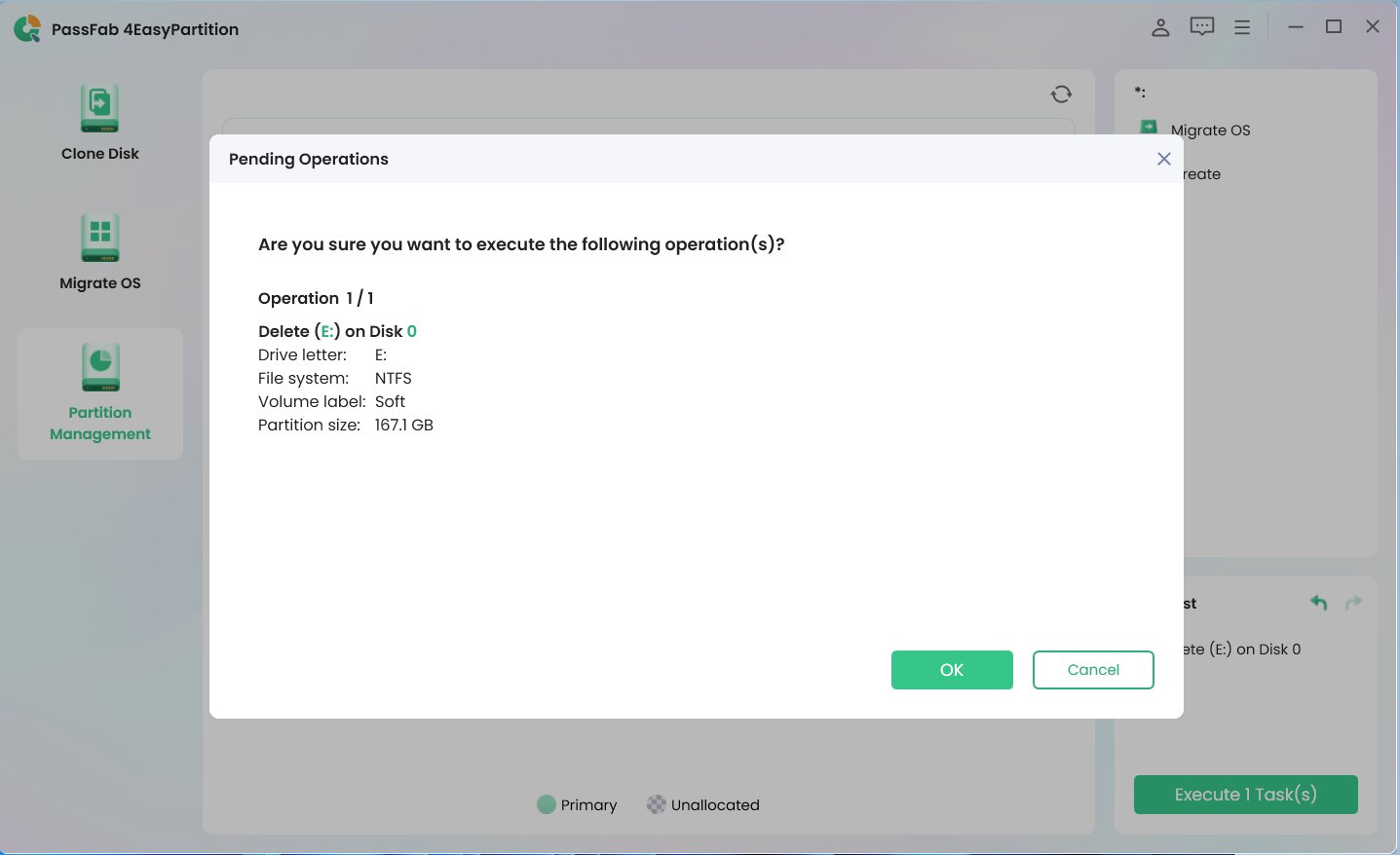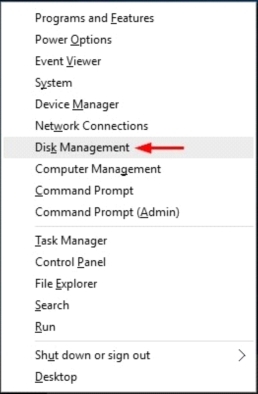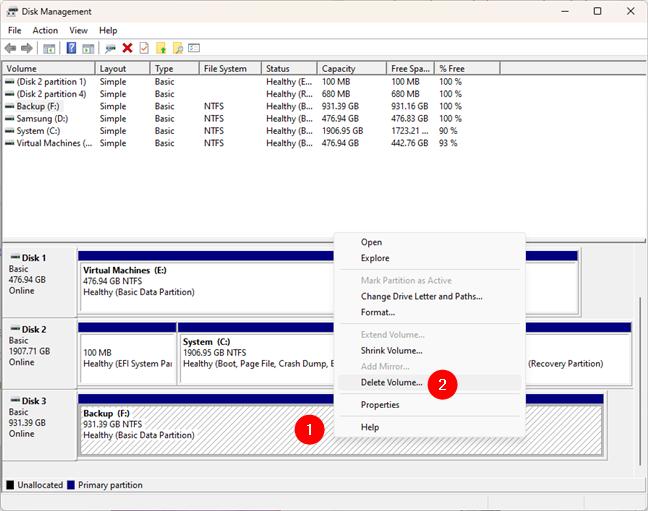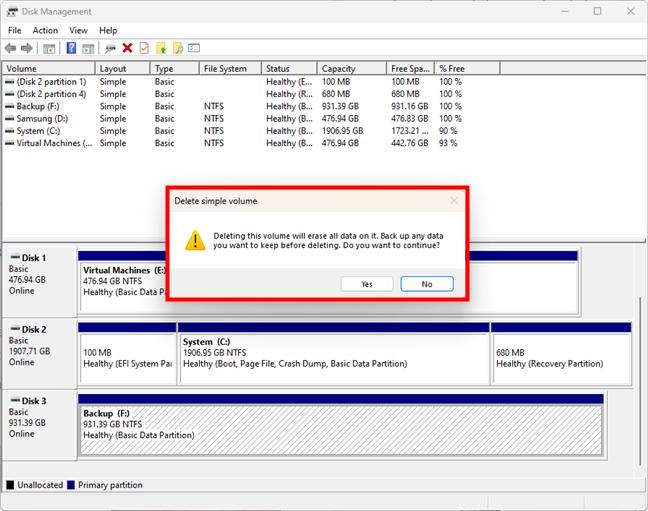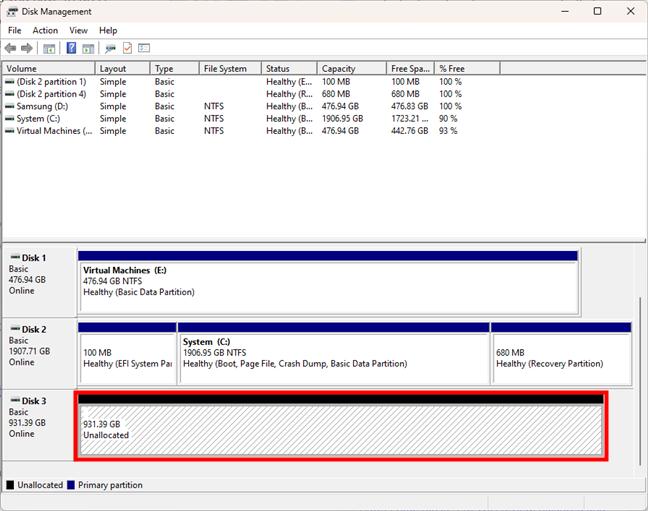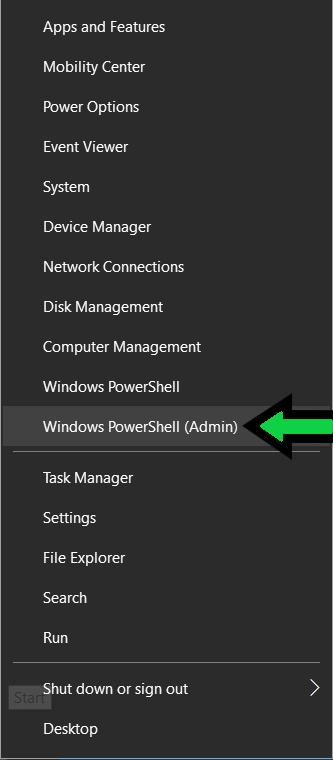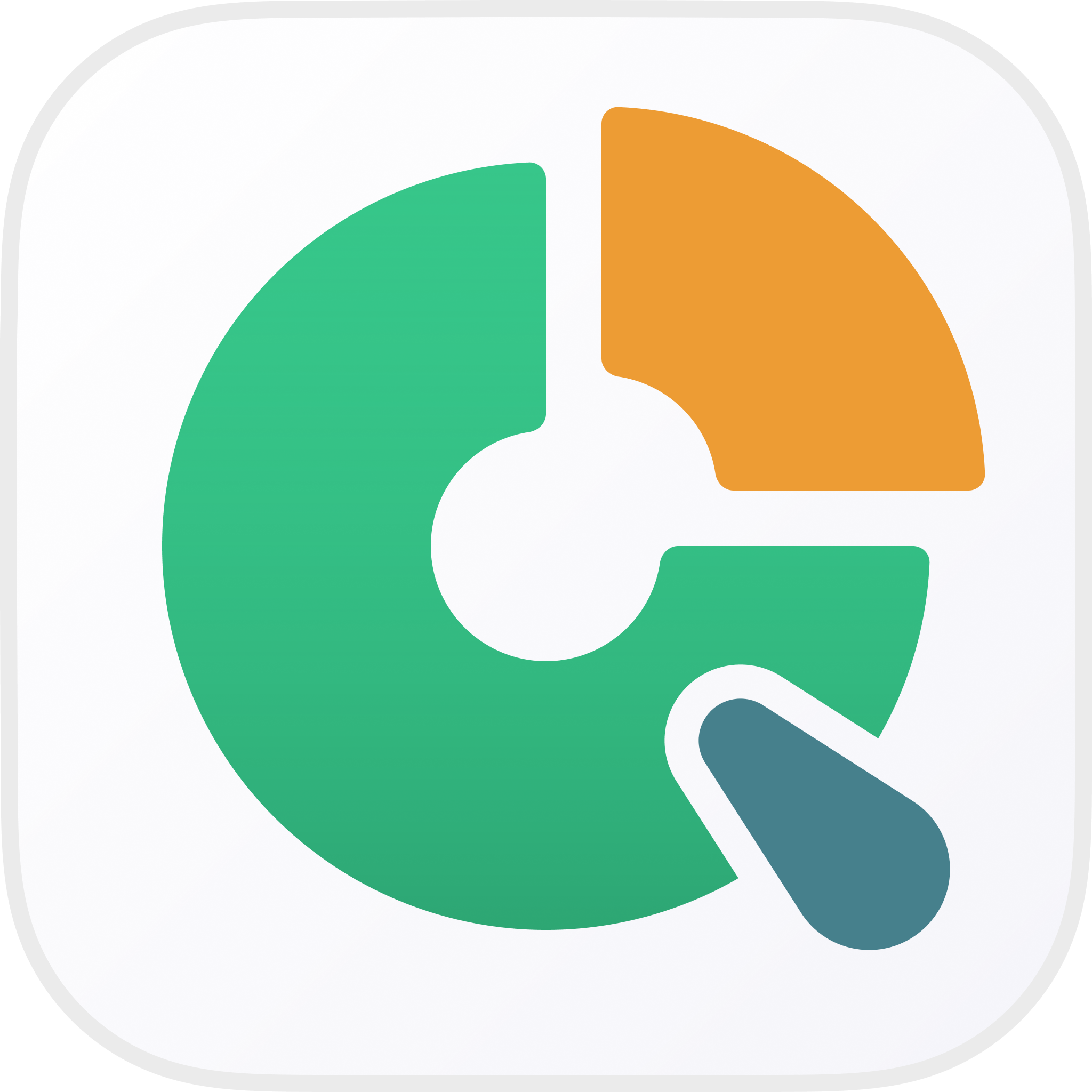On Windows 10/11, the operating system gives users the liberty to manage partitions, including actions like creation and deletion. A partition is a logical division of space on a physical storage disk with a specific file system and settings, and that is shown to the user as a separate drive.
When a space on our drive becomes useless, we may learn how to delete partition to recover the space and increase the size of another partition. This guide will take you through the various steps to delete partition Windows 10 on an internal drive using several in-built Windows utilities and powerful third-party software.
Part 1.About Delete Partition
Part 2.Why do We need to Delete Partitions?
Part 3.How to Delete Partitions in Windows 10/11
- Option 1: Delete Partition Windows 10/11 using Powerful Third-party SoftwareHot
- Option 2: Remove Windows 10/11 Partition with Disk Management
- Option 3: Delete Partition Windows 10/11 in DiskPart
Part 4. Bonus Tips on Deleting Partitions on Windows 10/11
- 1.Cannot delete partitions during Windows 10/11 installation
- 2.What happens when you delete a partition in Windows 10?
- 3.Tips and Tricks to Delete Partition in Windows 10
- 4.Can you delete a system-protected partition?
Part 5. FAQS about How to Delete Partitions
- Q1.Should I Delete Partition?
- Q2.How do I Remove a Partition?
- Q3.Can I Delete a Partition without Losing its Data?
- Q4.How to Delete an Unnecessary Partition in Windows 11?
- Q5.Why can’t I Delete a Partition in Disk Management?
- Q6.Can I Delete EFI System Partition? Is it Safe to Delete Healthy OEM Partition?
Conclusion
Part 1. About Delete Partition
A hard disk partition refers to a section or volume of a disk logically separated from the other parts. This makes each division or partition on a disk appear as a different drive letter that can use its file system and dictate how data can be stored and retrieved.
They are several valid reasons why learning how to delete partitions can come in handy, we go through some of them below.
Part 2. Why do We need to Delete Partitions?
Deleting partitions is quite a common activity for Windows users. We can summarize the reasons why we may need to delete partitions into 2:
Free up Valuable Disk Space
storage Space is a limited commodity in the computing world. A partition can clog up redundant data over some time. Thus, taking up large space that can be put to use for storage. People even go as far as transferring their recovery partition to another drive and subsequently deleting the recovery partition to free up more useful space.
Better Space Management
having too many partitions on a hard disk can be cumbersome to manage both for the user and the system. When some partition becomes unnecessary, being abreast with how to remove a partition can come in handy if you want to gain unallocated space and add them to other existing partitions.
We have laid down practical steps with accurate images to help you learn how to delete a partition in Windows 10. What’s good? There are several possible ways to go about it as well. Have your pick!
Part 3. How to Delete Partitions in Windows 10/11
Option 1: Delete Partition Windows 10/11 using Powerful Third-party Software
PassFab 4EasyPartition makes disk management operations like creating and deleting a partition very easy. Learn how to delete partition in two simple steps!
-
Identify and choose the partition you want to delete and select the Delete operation from the right-side menus. Click “Yes” on the window pop-up to continue.

-
Click OK to add the operation to tasks. Go to the task list and click “OK” to execute the operation.

Option 2: Remove Windows 10/11 Partition with Disk Management
Disk management is an in-built Windows utility that enables you to delete partition Windows 10 and 11 easily. Because a partition on a drive is represented by a letter such as D, E, J, K, and so on, you can delete one partition at a time.
-
Right-click on the Windows menu and navigate to “Disk Management”.

-
In the Disk Management window, locate the partition you want to delete and right-click on it. In the right-click menu, select Delete Volume.

-
After the Delete simple volume prompt (or warning) is shown, click “YES’’ to continue and delete the selected partition.

After a few moments, Disk Management deletes the selected partition and marks it as unallocated as highlighted below.

Tips:
you can also use the shortcut Win + X to open the Start menu.
Tips:
make sure you’ve backed up all important data on the said partition. You can’t get them back after a partition has been deleted.
Option 3: Delete Partition Windows 10/11 in DiskPart
For those who are more comfortable with the command line, you can use the Command Prompt or PowerShell with administration privileges to learn how to delete partitions in Windows 10/11. Follow the simple steps below to get it done in Diskpart.
-
Right-click on the Windows Icon (Start Button) and select Windows PowerShell (Admin) from the menu.

-
Type the following commands and hit the enter key in the sequence listed below to delete a partition in Windows 10.
-
Type Exit and hit enter to close Windows PowerShell.
A.DiskPart
B.list disk
C.select disk #
D.list partition
E.select partition #
F.delete partition
"the representative symbol # in the commands is 0, and then 3 in our example graphic above!"
Where # represents the corresponding number (or letter) of the targeted partition you want to delete on your machine.
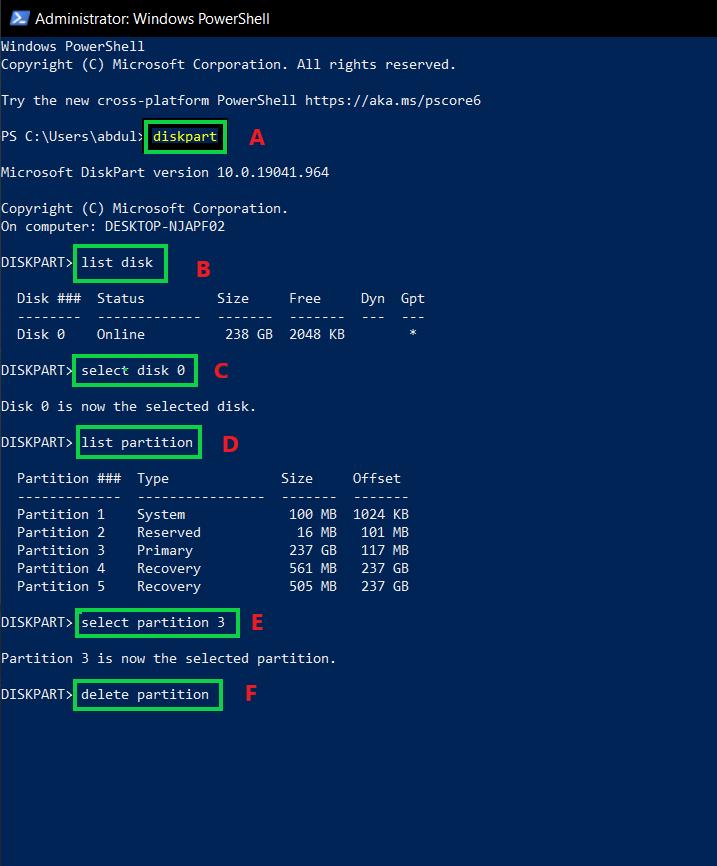
Part 4. Bonus Tips on Deleting Partitions on Windows 10/11
Sometimes, you may find yourself in peculiar situations where deleting a partition is not as straightforward as it should be. We have identified some of such scenarios below and provide you with further tips to help you reach the objective.
1.Cannot delete partitions during Windows 10/11 installation
If you wish to remove a partition in Windows 10 when you have no installation disc for removing OS-related partitions, you can make use of third-party party software to get rid of unwanted partitions. A tool like PassFab 4EasyPartition comes with an intuitive GUI and powerful utilities that can help you remove system partitions and hidden recovery partitions safely and easily.
2.What happens when you delete a partition in Windows 10?
After you delete a partition or volume on a disk, the space previously occupied by it will be released and rendered unallocated. You could then use this new unallocated space to create new partitions or extend existing ones.
3.Tips and Tricks to Delete Partition in Windows 10
Let’s give some general tips and tricks when it comes to deleting partitions on Windows OS:
- Opt for Built-in Utilities when Deleting Partitions
Although third-party software like PassFab 4EasyPartition makes the process easier, using native instruments like Disk Management and Diskpart guarantees the success of the deletion process.
- Commercial tools solve stubborn partition problems
third-party software gives you the extra ingredients to get rid of stubborn partitions that simply won't delete with native Windows functions.
- Be focused and attentive when deleting partitions
You don’t want to delete the wrong partition! Also, endeavor to back up all necessary data before tampering with a partition.
4. Can you delete a system-protected partition?
You cannot delete a system-protected partition if it contains Windows boot-up files. But if the protected partition doesn't contain any OS files and you don't want it anymore, you can get rid. However, you cannot do this from Disk Management because it was designed not to delete protected partitions. You'd have to use the Command Prompt or third-party tools to do it.
Part 5.FAQS on How to Delete Partitions
Q1.Should I Delete Partition?
Deleting partitions from your hard drive can help you manage your disk better. Also, to perform a clean install of Windows 10/11, it may be required that you get rid of conflicting partitions which can affect the installations.
Q2.How do I Remove a Partition?
If you decide you no longer need a partition, you can easily delete it from your SSD or HDD and recover the space for use again. You can remove a partition by using Windows native solutions such as Diskpart and Disk Management, or third-party partition managers which makes things easier.
Q3.Can I Delete a Partition without Losing its Data?
The simple answer is NO. You will lose the data on a partition or volume if you delete it. Deletion is another way of freeing up your hard drive space.
Q4.How to Delete an Unnecessary Partition in Windows 11?
Deleting a partition on Windows 11 is pretty similar to how you would do it on Windows 10. Disk Management and the Command Prompt are two ways to handle partition deletion. However, a less technical option is to opt for powerful third-party partition managers.
Q5.Why can’t I Delete a Partition in Disk Management?
The chief reason why you may be unable to delete a partition in Disk Management is that it's likely system protected. You can delete a partition that contains the OS files. You can only do this where you have administrator privileges like in Windows PowerShell or powerful commercial partition managers.
Q6.Can I Delete EFI System Partition? Is it Safe to Delete Healthy OEM Partition?
You cannot delete the EFI partition directly because it is a system-protected partition that contains boot files. Therefore, deleting the EFI partition renders your system unbootable.
OEM partitions are created by PC suppliers that include some factory software and one-click settings. They typically take up considerable disk space and are not very useful. Hence, you can very well delete Healthy OEM partitions without causing any issues with your PC.
Conclusion
Partition deletion is easy, especially with powerful third-party managers such as PassFab 4EasyPartition. Also, Windows provide adequate utilities in-built that you can leverage to handle partition deletion.
You don't have to go anywhere else! We have a full guide on either route you want to take above. Make use of it and you'd be freeing up valuable space in no time.
